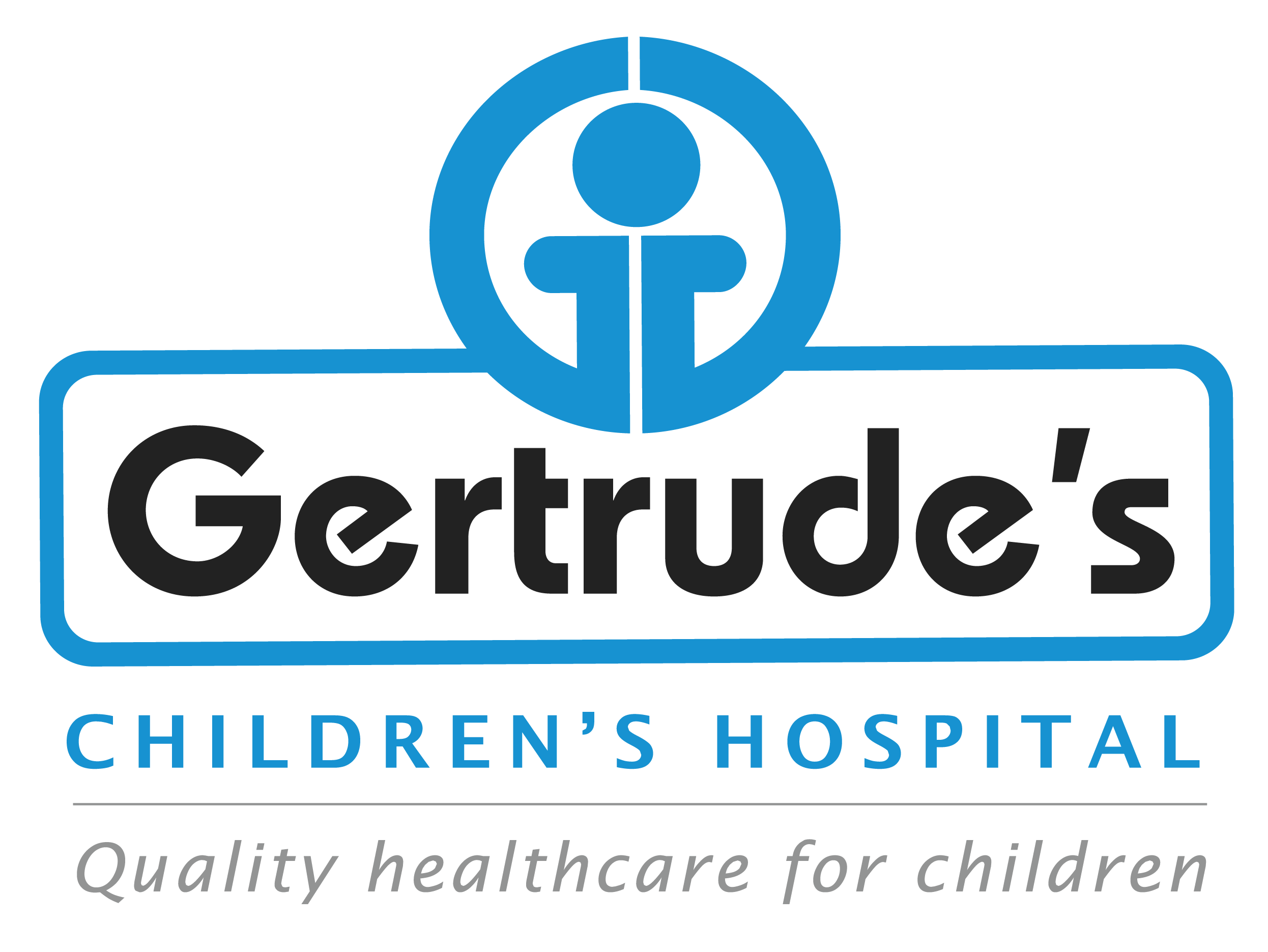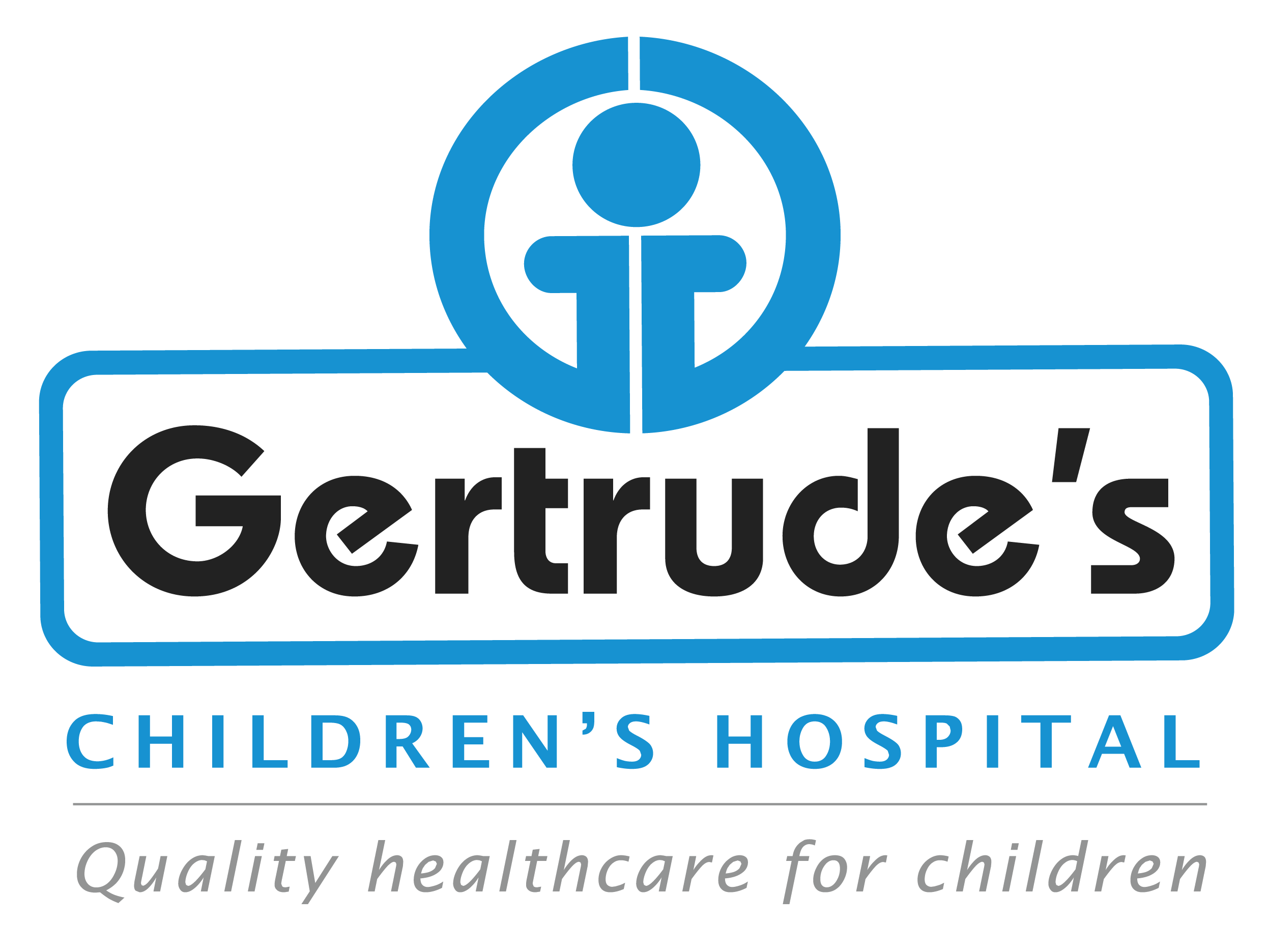Gynecomastia is a harmless enlargement of the male breast, where the breast tissue grows, often in both breasts but sometimes just in one. It feels like a firm or rubbery lump around the nipple. This is different from pseudogynecomastia, which is just fat buildup in the breast area without any real breast tissue growth.
Symptoms
- Breast Enlargement: The primary symptom of gynecomastia is the noticeable enlargement of one or both breasts. The enlargement can range from a small lump under the nipple to a more significant swelling.
- Tenderness or Pain: Some boys may experience tenderness or mild pain in the breast area, especially when the breasts are touched or bumped.
- Symmetry: Gynecomastia can affect one breast (unilateral) or both breasts (bilateral), and the degree of enlargement may not be the same on both sides.
- Emotional Impact: Beyond physical symptoms, boys may feel self-conscious or embarrassed about the changes in their bodies, which can affect their self-esteem and emotional well-being.
Causes
- Neonatal Gynecomastia
- Pubertal Gynecomastia
- Pathologic Gynecomastia
Diagnosis
- History and Physical Exam:
- Thyroid Function Tests
- Hormone Levels:
- Prolactin Levels:
- Karyotype Test:
Treatment Options
- Medication:
- Healthy Diet:
- Regular Exercise:
- Blood Sugar Monitoring:
- Education and Support:
Why Choose Us
Expert team
Our dermatologists and pediatric specialists have extensive experience in treating alopecia areata in children.
Personalized care
We create treatment plans that fit each child’s unique needs
Support and education
We teach children and families how to care for their skin and prevent future breakouts
Advanced treatments
Access to the latest acne treatments and skincare products
Frequently Asked Questions
Q: What causes gynecomastia in boys?
A: Gynecomastia in boys is most commonly caused by hormonal changes during puberty, where there is an imbalance between estrogen and testosterone. Other causes include certain medications, health conditions, and, less commonly, genetic factors or tumors.
Q: Is gynecomastia in boys permanent?
A: In most cases, gynecomastia in boys is temporary and resolves on its own as hormone levels stabilize. However, if the condition persists or is caused by an underlying health issue, treatment may be necessary.
Q: How is gynecomastia treated?
A: Treatment depends on the cause and severity of the condition. Often, no treatment is needed, and the condition resolves on its own. In some cases, medication adjustments, hormone therapy, or surgery may be recommended.
Contact
Please feel free to contact us with any general or medical enquiry by calling us.





